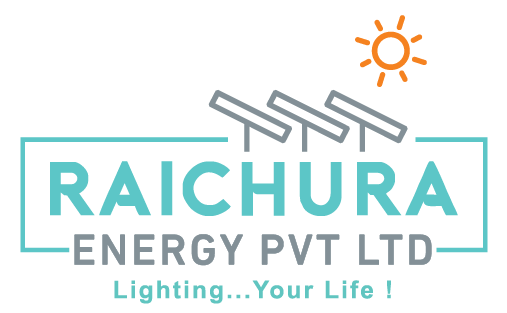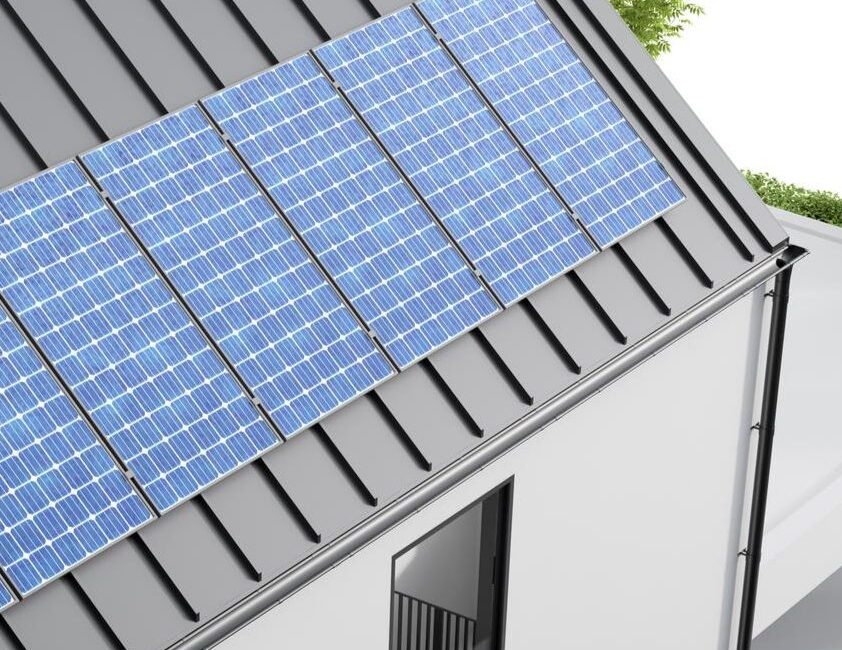Solar rooftop systems are a popular and sustainable solution for generating clean energy on-site. By harnessing the power of sunlight, solar panels installed on rooftops convert solar energy into electricity, reducing reliance on fossil fuels and lowering carbon emissions.
These systems typically consist of photovoltaic (PV) panels, which are made up of multiple solar cells that contain semiconductor materials, such as silicon. When sunlight hits the solar panels, the cells absorb the photons and generate a flow of direct current (DC) electricity.
Planning
Research
Process
Happen
To make this electricity usable for homes or businesses, an inverter is connected to the solar panels. The inverter converts the DC electricity into alternating current (AC) electricity, which is the standard form of electricity used in most electrical systems.
Solar rooftop systems can be designed to suit different types of buildings, including residential, commercial, and industrial structures. They can be installed on various types of rooftops, such as flat roofs or pitched roofs. Mounting structures, such as racks or frames, securely hold the solar panels in place, ensuring optimal exposure to sunlight.
The generated electricity can be used directly within the building to power electrical appliances and lighting, reducing reliance on electricity from the grid. Excess electricity generated during peak solar production periods can be fed back into the grid, often through net metering programs, allowing the building owner to receive credits or financial compensation for the surplus energy.
Solar rooftop systems offer several benefits. They provide a renewable energy source, reducing the environmental impact associated with conventional energy generation. Solar power can help lower electricity bills, especially when combined with net metering, and provide a measure of energy independence. Additionally, solar installations on rooftops can free up land space that would otherwise be required for ground-mounted solar systems.
Overall, solar rooftop systems contribute to a cleaner and more sustainable energy future by utilizing the abundant sunlight available on rooftops to generate clean electricity for homes, businesses, and institutions.


